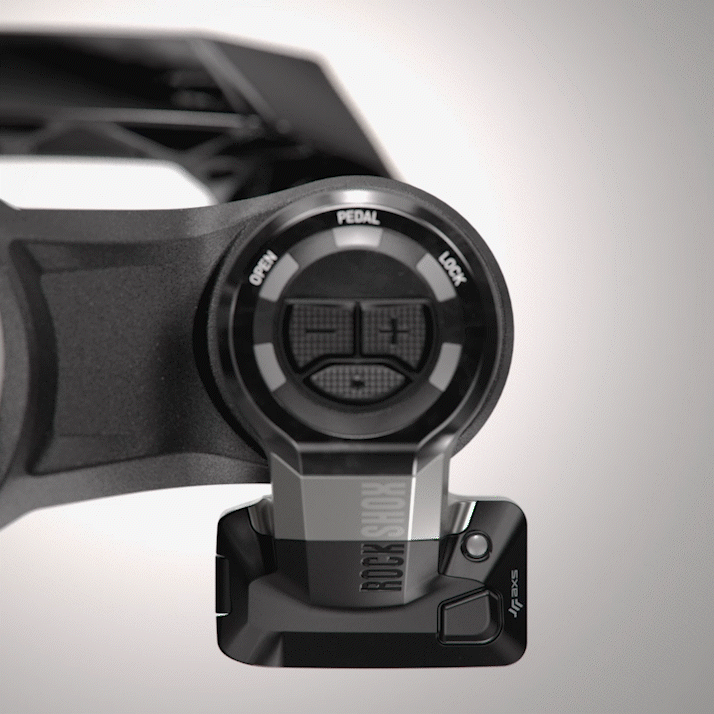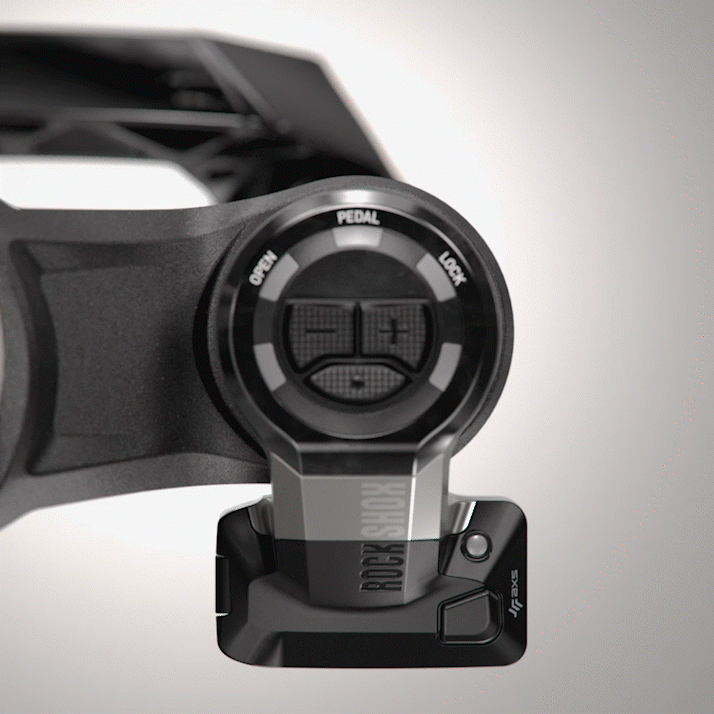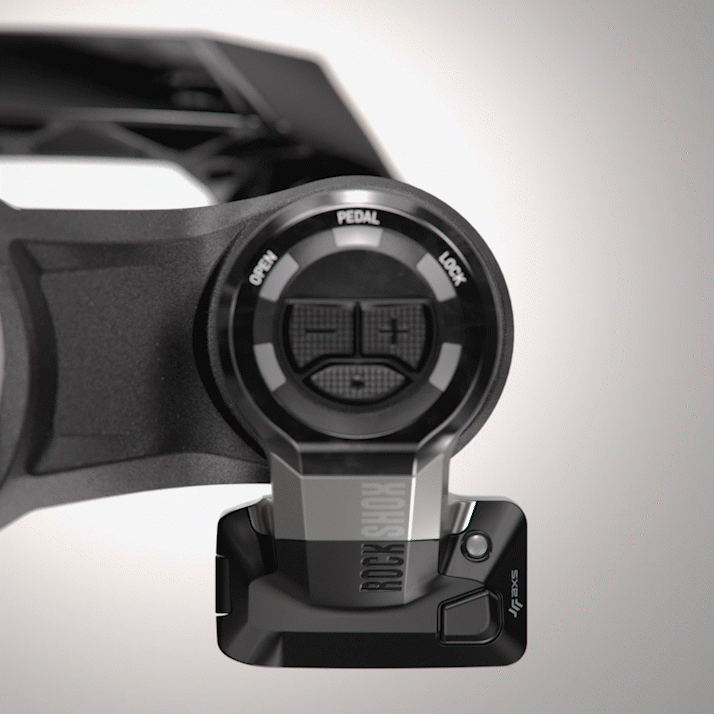GREEN: AUTO MODE
Auto Mode is Flight Attendant's core Mode: a fully automatic system that reads rider input and terrain to deliver the right suspension position before you even realize it—seamlessly switching between Open, Pedal, and Lock positions. The green LED indicates your suspension position in real-time.








